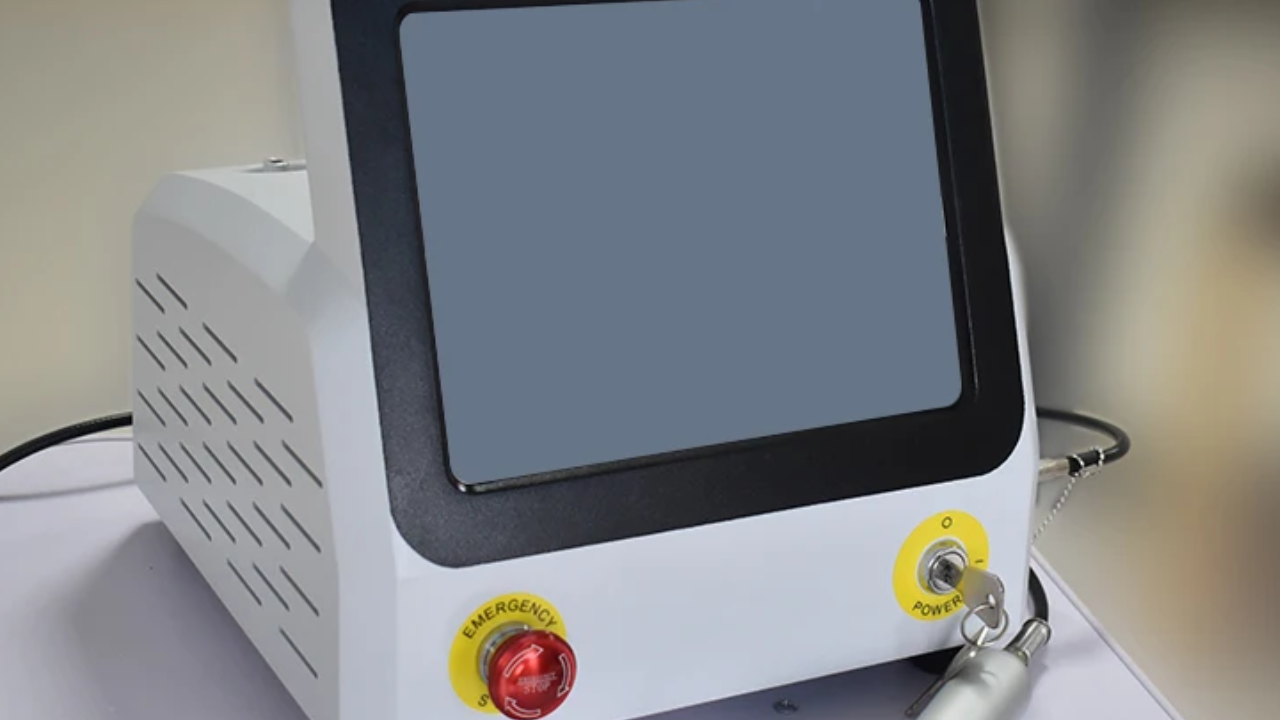A high-powered laser device with advanced cutting, engraving, and do-it-yourself capabilities is a Class 4 laser for home use. Class 4 lasers function at power levels that necessitate stringent safety precautions, in contrast to lower-class lasers. Safety measures such as wearing protective glasses, using enclosure systems, and having enough ventilation must be given top priority by users.
These lasers are adaptable for artistic and craft projects since they can cut through a wide range of materials, including plastic, metal, and wood. Users should be mindful of the risks, though, as the laser can ignite flammable objects and cause harm to the skin and eyes. Leveraging the full power of a class 4 laser therapy machine requires prior training, adherence to safety protocols, and a regulated workspace. Leveraging the full power of a class 4 laser for home use requires prior training, adherence to safety protocols, and a regulated workspace.
What Is the Typical Lifespan Of a Class 4 Laser For Home Use?
A Class 4 laser's average lifespan for home use varies depending on usage patterns and upkeep. These lasers are generally made to work well, and given the right maintenance, they can run for several thousand hours.
A longer lifespan is attributed to regular maintenance, such as cleaning the optics and making sure they are properly aligned. Expected lifespans are frequently specified by manufacturers; following suggested usage procedures increases the laser system's longevity and lets users take advantage of its capabilities for longer while still ensuring safety and performance standards are met.
Safety Measures Need To Be Followed When Utilizing a Class 4 Laser At Home
Due to its high power and adaptability, class 4 lasers are becoming more and more common in homes for use in DIY projects, cutting, and engraving.
Understand Laser Classification and Hazards
Understanding the categorization scheme and the possible risks related to Class 4 lasers is essential before beginning laser operation. In addition to setting fire to combustible things, class 4 lasers can seriously harm skin and eye tissue. The features, power levels, and any hazards of the laser should be understood by users.
Wear Protective Eyewear
Wearing the proper protective eyewear is one of the most important safety precautions. The powerful beams released by class 4 lasers have the potential to permanently harm eyes. Make sure the laser safety glasses you choose adhere to the necessary safety regulations and are made specifically for the laser's wavelength.
Implement Enclosure and Interlocks
It is essential to implement an enclosure with interlocks for Class IV laser therapy. Interlocks make sure the laser deactivates when the enclosure is open, and the enclosure contains the laser emissions to prevent inadvertent exposure. By upholding stringent safety regulations for both users and the surrounding environment, this dual safety mechanism improves protection throughout treatment.
Ventilation and Fume Extraction
In environments where Class IV laser therapy is used, adequate ventilation and fume extraction are crucial. By effectively eliminating airborne pollutants, ventilation systems provide a safe breathing environment for patients and healthcare professionals. By taking this precaution, the hazards to one's health from any fumes or byproducts generated during laser therapy sessions are reduced.
Emergency Stop Mechanism
Devices used for class IV laser therapy must have an emergency stop feature. In the event of an emergency, this vital function enables the instantaneous cessation of laser emissions, guaranteeing user safety. Ease of access to the emergency stop button improves system responsiveness and reduces possible dangers in Class IV laser therapy applications.
Emergency Response Plan
For Class IV laser therapy, creating an emergency reaction plan is essential. Clearly define protocols for unforeseen circumstances, like equipment failures or unintentional exposure. Prioritize patient, provider, and treatment environment safety by reviewing and putting these guidelines into regular practice to guarantee a prompt and efficient response.
Manufacturer's Guidelines
When using Class IV laser therapy, strict adherence to the manufacturer's instructions is essential. Optimizing performance and reducing hazards are ensured by adhering to established protocols for operation, maintenance, and safety. Before using the laser treatment device in a clinical setting, users should ensure that it is used safely and effectively by reading the instructions provided by the manufacturer.
Final Words
It is essential to follow these safety guidelines when using Class 4 lasers at home to avoid mishaps, shield users, and maintain a safe working environment. Although there are many interesting applications for these lasers, using them responsibly and intelligently is essential to safely reap their benefits. Prioritize safety above all else, keep up with developments in laser technology, and update your safety procedures often to align with industry best practices.

